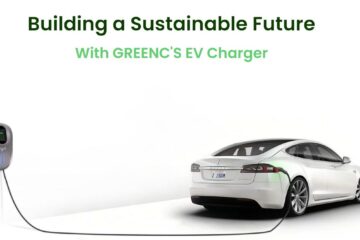Introduction
The world of model trains has seen remarkable innovations over the years, transforming from simple toys into sophisticated replicas that captivate both hobbyists and professionals. These advancements have not only made model trains more realistic but also more interactive and enjoyable, merging traditional craftsmanship with cutting-edge technology. This article delves into the latest innovations in model train technology, highlighting how these changes are enhancing the hobby for enthusiasts around the globe.
Digital Command Control (DCC) Systems
Overview: DCC systems have revolutionized how model trains are operated, allowing for more precise control of multiple trains on the same track without complex wiring setups.
Benefits: Enthusiasts can control speed, lighting, sound, and more from a central console, improving the realism and functionality of model train setups.
Sound and Lighting Enhancements
Realistic Audio: Modern model trains now come equipped with sound modules capable of producing highly realistic audio effects, from the chugging of the engine to the whistle blow, enhancing the immersive experience.
Advanced Lighting: LED technology has allowed for more efficient and realistic lighting in model trains, including headlights that dim or brighten based on the train’s speed and interior lighting for passenger cars.
Wireless and App Integration
Remote Control: Innovations in wireless technology have led to the development of apps that can control model trains via smartphones and tablets, offering a new level of convenience and accessibility.
Smart Home Integration: Some model train systems can now integrate with smart home devices, allowing enthusiasts to control their setups with voice commands or automate functions based on time or activity.
3D Printing and Customization
Custom Parts: 3D printing technology has opened up new possibilities for customizing model trains, allowing hobbyists to create their own unique parts, accessories, and even entire cars or engines.
Prototyping: Manufacturers are also using 3D printing to prototype new designs more quickly and cost-effectively, speeding up the development process for new model trains.
Augmented Reality (AR) and Virtual Reality (VR)
AR Applications: Augmented reality apps can overlay digital information on physical model train setups, providing enthusiasts with information about trains, track layouts, and scenery in real-time.
VR Experiences: Virtual reality technology is being explored for virtual model train setups, allowing users to design, build, and operate model trains in a fully digital environment, expanding the hobby to those with limited physical space.
Eco-friendly Materials and Manufacturing
Sustainable Practices: The model train industry is increasingly focusing on sustainability, using eco-friendly materials for trains and packaging and adopting more energy-efficient manufacturing processes.
Recycling Programs: Some companies are introducing recycling programs for old or damaged model trains, ensuring that the hobby’s environmental impact is minimized.
Conclusion
The advancements in model train technology are bringing unprecedented levels of realism, interactivity, and accessibility to the hobby. From digital control systems and realistic sound and lighting to the integration of wireless technology and the use of 3D printing for customization, these innovations are making model train operation and collection more engaging and enjoyable than ever. As technology continues to evolve, the future of model trains looks bright, promising even more immersive and personalized experiences for enthusiasts of all ages. The intersection of tradition and innovation ensures that the hobby will continue to captivate and inspire, keeping the magic of model trains alive for generations to come.



